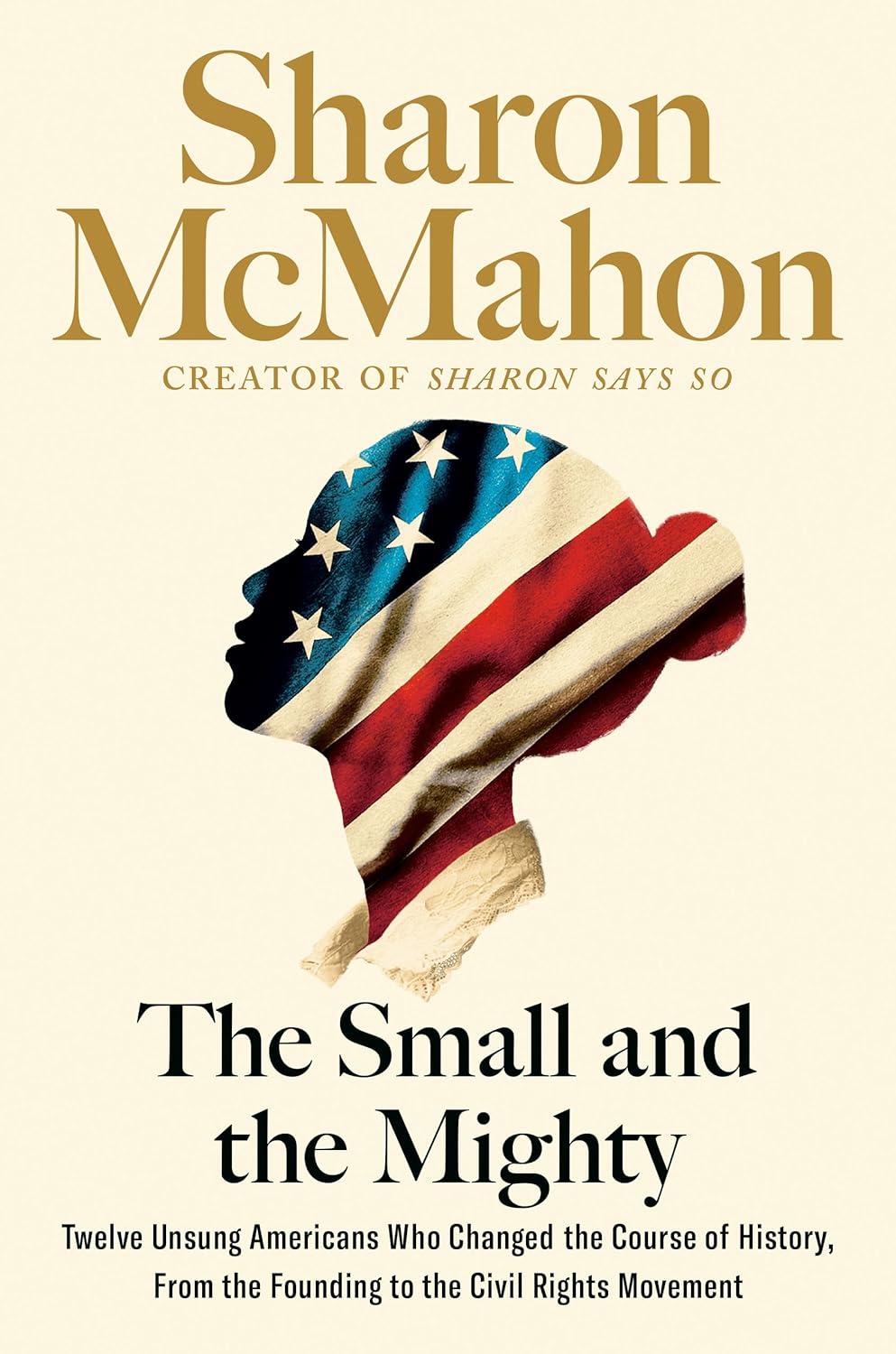Chapter 2: Bleeding Kansas_1850s
byChapter 2 provides a detailed examination of the volatile period in American history during the 1850s, focusing on the consequences of Andrew Jackson’s presidency and the controversial Dred Scott Supreme Court ruling of 1857. Dred Scott, an enslaved man from Missouri, fought for his freedom after being taken to free territories, asserting that his residence in these areas granted him the right to be free. However, the Supreme Court, under Chief Justice Roger Taney, ruled that Scott did not have standing to file a lawsuit, declaring that African Americans, whether enslaved or free, were not U.S. citizens and therefore had no legal rights. This decision reflected the pervasive racism and injustice embedded within American society at the time, reinforcing the systemic oppression faced by Black individuals.
Taney’s ruling echoed the prevailing view among many, particularly those in positions of power, that African Americans were inherently inferior and unworthy of rights unless explicitly granted by the government. His interpretation aligned with the views of President Andrew Jackson, a staunch supporter of slavery and a former enslaver himself. The Dred Scott decision further exacerbated the divisive debate surrounding slavery, a conflict that was already unraveling the fabric of the nation. The case revealed the deepening rift between proslavery and abolitionist forces, setting the stage for more profound confrontations that would eventually lead to the Civil War. Jackson’s influence on the decision demonstrated how the political landscape was shaped by those in power, whose policies and views perpetuated racial inequality.
The chapter also explores the Missouri Compromise and the Kansas-Nebraska Act of 1854, which introduced the controversial principle of popular sovereignty. This principle allowed new territories to decide whether they would permit slavery, further fueling the conflict between proslavery and abolitionist factions. The Kansas-Nebraska Act, while intended to facilitate westward expansion, led to significant violence and political turmoil in the region. The debate over slavery in Kansas became known as “Bleeding Kansas,” as both sides of the issue flooded into the territory, attempting to influence the decision through violence and intimidation. These clashes between abolitionists and proslavery advocates resulted in bloodshed and chaos, including the murder of individuals and the destruction of property, highlighting the destructive nature of this conflict.
As the tensions between the two sides escalated, President Franklin Pierce found himself struggling to maintain order amid the growing unrest. His personal tragedies, including the death of his children and a troubled marriage, only added to the weight of the presidency during this volatile period. The Kansas-Nebraska Act, rather than resolving the issue, only intensified the divisions within the country. The violent confrontations in Kansas reflected the broader national crisis over slavery, with the situation growing more precarious by the day. Pierce’s inability to address the crisis left the country on the brink of a civil war, with no clear path toward reconciliation.
The chapter also touches on a key moment in American political violence: the physical assault on Senator Charles Sumner by Representative Preston Brooks in 1856. The attack on Sumner, who was an outspoken abolitionist, symbolized the extreme polarization and hostility that had come to define the nation’s political discourse. Brooks’s assault on Sumner was not merely a personal attack but a direct result of the violent and bitter conflict over slavery, showing how deeply entrenched the animosity had become. This event further deepened the divide between the North and South, making it clear that the issue of slavery could no longer be settled through debate or legislation but would have to be resolved through force. The assault, along with other acts of violence, illustrated how the tensions over slavery had reached a point of no return, and the nation’s political discourse became increasingly hostile and dangerous.
In conclusion, the chapter highlights the fragility of American democracy during the 1850s, a time when the country struggled to reconcile the complex issues of state rights, human rights, and the institution of slavery. The Dred Scott decision, the Kansas-Nebraska Act, and the personal actions of figures like Taney and Pierce significantly shaped the nation’s trajectory toward the Civil War. The chapter underscores how individual decisions, political maneuvers, and violent actions played pivotal roles in deepening the national divide, ultimately leading to one of the bloodiest conflicts in American history.

